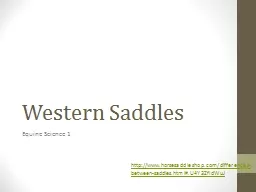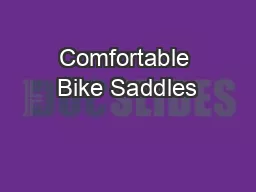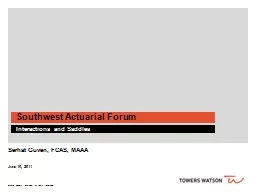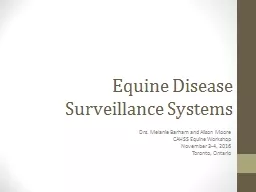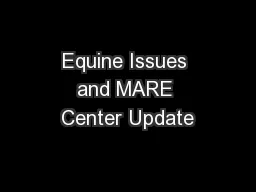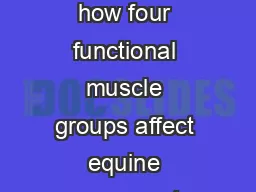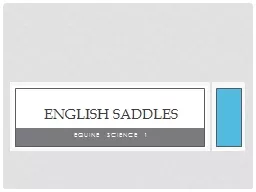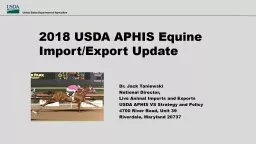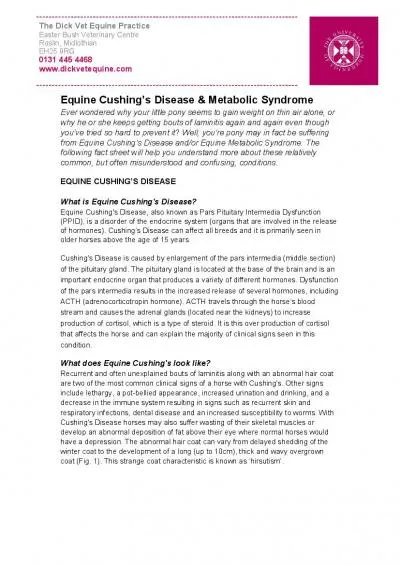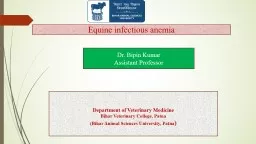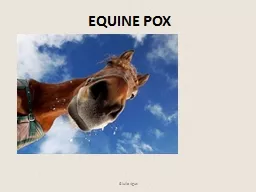PPT-Western Saddles Equine Science 1
Author : phoebe-click | Published Date : 2019-12-16
Western Saddles Equine Science 1 httpwwwhorsesaddleshopcomdifferencesbetweensaddleshtml U4Y3ZfldWuJ High cantle with deep pocket seat to hold you in Hip hugger ridge
Presentation Embed Code
Download Presentation
Download Presentation The PPT/PDF document "Western Saddles Equine Science 1" is the property of its rightful owner. Permission is granted to download and print the materials on this website for personal, non-commercial use only, and to display it on your personal computer provided you do not modify the materials and that you retain all copyright notices contained in the materials. By downloading content from our website, you accept the terms of this agreement.
Western Saddles Equine Science 1: Transcript
Download Rules Of Document
"Western Saddles Equine Science 1"The content belongs to its owner. You may download and print it for personal use, without modification, and keep all copyright notices. By downloading, you agree to these terms.
Related Documents

